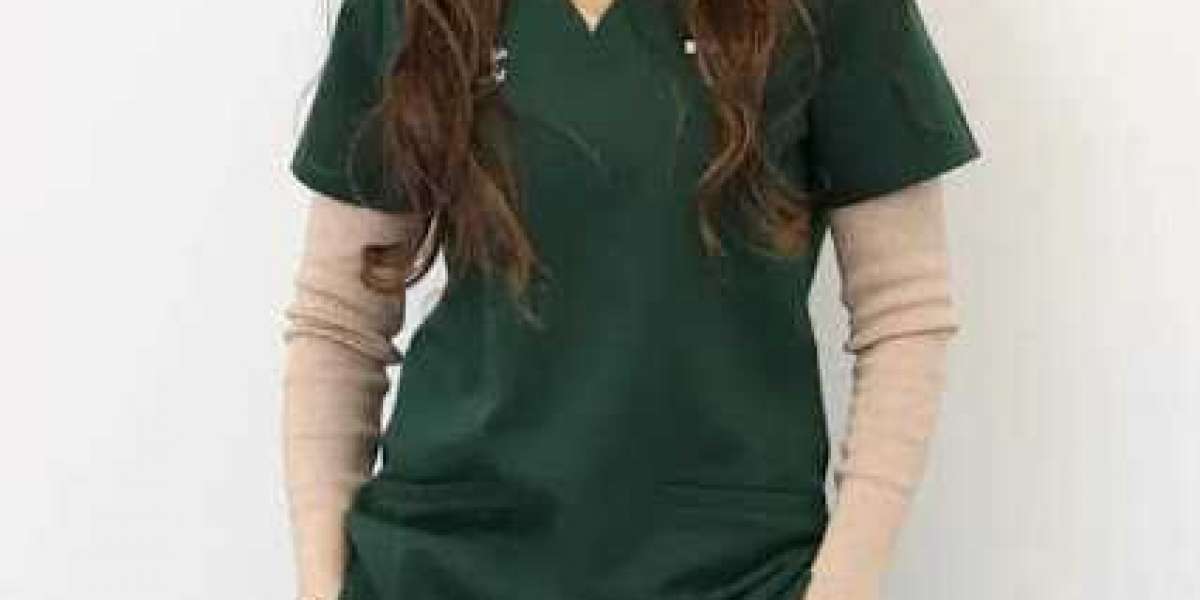Qian Sifang wishes everyone a Merry Christmas in advance: "Warm blessings, and hope that your family will have more comfort, happiness, and hope during Christmas."
Stage curtains are an important part of any production, from school plays to concerts and everything in between. However, curtains bring many risks, the most obvious of which is the risk of fire caused by exposure to lighting. In order to avoid the risk of fire, flame retardants must be used in theaters and stages. There are several different flame retardant options out there, and it is best to know what they are and what they offer.
Flame retardant has four main names.
NFR: If you find stage curtains with this grade, it means that they are not flame retardant at all. These are not good solutions for any curtains near lights or other heat sources. The use of NFR grade fabrics should be restricted to help ensure the safety of actors, staff, and audiences.
FR: FR means that the fabric is flame-retardant at least to some extent. Usually, this is done by applying chemicals to the fabric during the manufacturing process. It is important to note that this type of fabric is not flame-retardant throughout its service life. Instead, they usually provide about one year of flame retardancy (although they can be used effectively for a longer period of time). The main consideration here is that you will eventually need to reapply flame retardant chemicals to ensure continued safety and compliance with fire regulations.
NDFR: NDFR stands for fabric that has undergone flame-retardant chemical treatment. However, these chemicals can be removed or their effectiveness reduced by washing or wetting the fabric. NDFR fabrics can usually be dry cleaned, but it is best not to wet them with water or steam.
DFR: DFR means that the manufacturer has guaranteed that the fabric is a "long-lasting" flame retardant. Unlike FR grade fabrics, DFR grade fabrics are flame-retardant during their service life, although they are not necessarily as flame-retardant as IFR grade fabrics. Some conditions will also reduce the flame retardancy of the fabric, so it is recommended to conduct regular tests on theaters or other places that use this level of stage curtains.
IFR: IFR fabrics are inherently flame retardant, which means that the fibers themselves can resist the effects of fire, rather than being flame-retardant due to chemical applications (in most cases). IFR fabric is an excellent solution for curtains very close to light sources or heat sources that may cause a fire hazard.
The difference between fire protection and fire protection
Many people mistake "flame retardant and non-flame retardant" as "fire prevention". The fact is that these terms are not interchangeable. Flame-retardant fabrics will still burn-they have higher heat resistance and provide more protection than fabrics that have no flame-retardant function at all. In contrast, fire-resistant fabrics do not burn at all.
The main advantage of using flame-retardant fabric is that it will not burn immediately, sometimes not at all, depending on the heat applied to the fabric. However, it will burn eventually, and in some cases, it will burn as fast as fabrics without flame retardancy.
There are few completely flame-retardant fabrics available, although some fabrics such as glass cloth have made their debut in recent years. Our website is: https://www.qsf-group.com/product/curtain-fabric/







